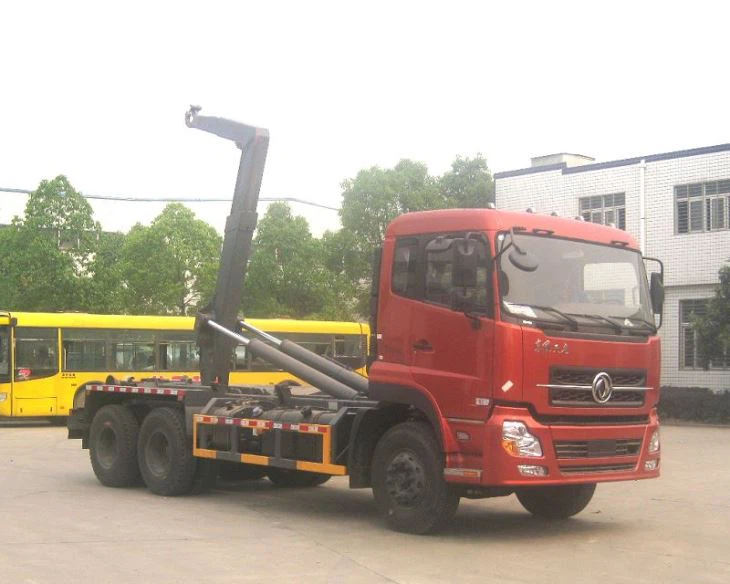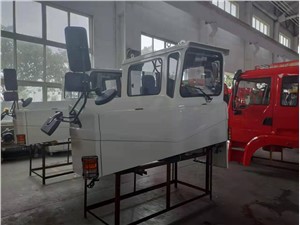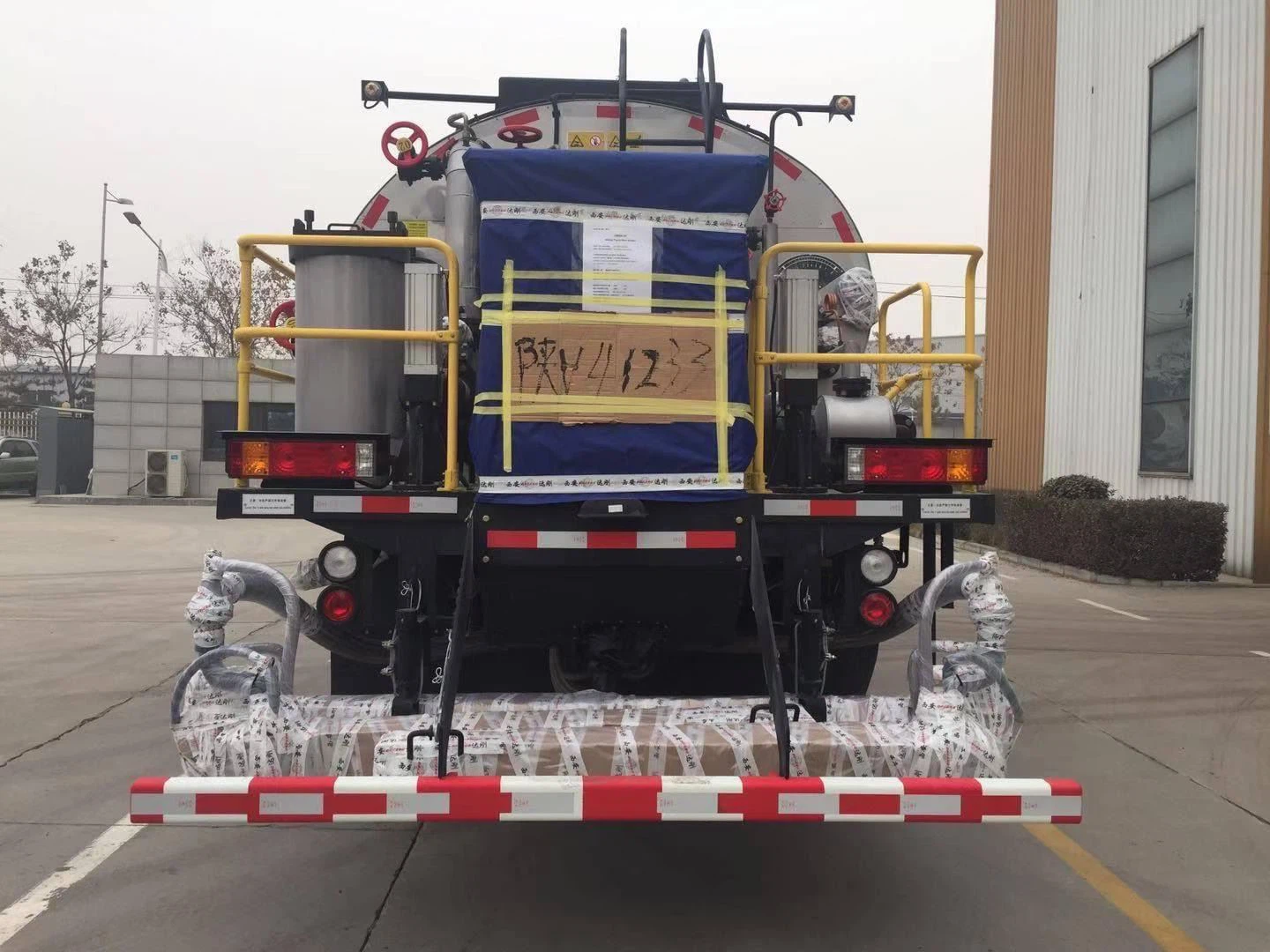Water Tanker Fire Truck: A Comprehensive Guide

Firefighting is an essential service, and water tanker fire trucks play a critical role in extinguishing flames and protecting lives and properties. This article delves into the functions, design, benefits, and considerations of water tanker fire trucks, providing practical examples, tips, and a comprehensive FAQ section.
What is a Water Tanker Fire Truck?
A water tanker fire truck, often referred to as a tanker truck, is a specialized vehicle designed to transport and deliver large volumes of water for firefighting purposes. These trucks typically come equipped with a water tank, pump, and various firefighting tools. They are vital in areas where fire hydrants are scarce or during large-scale fire incidents.
Design and Components of Water Tanker Fire Trucks
Key Components
Understanding the key components of water tanker fire trucks is crucial for appreciating their functionality:
- Water Tank: The main feature, designed to hold anywhere from 1,000 to 5,000 gallons of water. The size depends on the truck’s intended use and the area it will serve.
- Pump System: Ideally, these trucks have powerful pumps capable of delivering water quickly and effectively to the scene of a fire. They are often equipped with both portable and stationary pumps.
- Fire Hose Reels: These allow firefighters to quickly deploy hoses for immediate water application.
- Equipment Storage Compartment: This space is used to store firefighting tools, including nozzles, personal protective equipment, and other necessary gear.
- Chassis: Usually built on a robust chassis, these trucks are designed to handle heavy loads and rough terrains.
Types of Water Tanker Fire Trucks
While there are various types of water tanker fire trucks, here are a few popular categories:
| Type | Description |
|---|---|
| Carry Tankers | Trucks that carry water directly to the site of a fire and may include pumping capabilities. |
| Mobile Water Supply Tankers | Designed to transport water to locations lacking adequate fire hydrant access. |
| Bulk Water Transport Trucks | Used primarily for transporting large quantities of water over long distances. |
Benefits of Water Tanker Fire Trucks
Rapid Response
Water tanker fire trucks facilitate rapid response to emergencies, especially in rural or remote areas where traditional fire hydrants may be unavailable. Their capacity allows firefighters to begin extinguishing flames immediately upon arrival.
Water Supply
In incidents like wildfires or larger urban fires, water supply can often be a major issue. Water tanker fire trucks can provide a continuous water source, allowing firefighters to sustain their efforts without frequent returns to refill at hydrants.
Cost-Effectiveness
Investing in water tanker fire trucks can be cost-effective for fire departments, especially in regions prone to wildfires or in areas with limited water supply infrastructure. A single tanker can reduce the need for additional personnel and equipment.
Choosing the Right Water Tanker Fire Truck
Assessing Needs
Choosing the right water tanker fire truck requires evaluating local needs:
- Population Density: Urban settings may need larger tankers, while rural areas might require smaller, more versatile models.
- Terrain: Vehicles must be suitable for the area’s geography (hilly, flat, etc.).
- Water Availability: Consideration of how often the truck will need to refill and the distance to water sources is essential.
Budget Considerations
Budgeting for a water tanker fire truck encompasses not only the initial purchase price but also maintenance, insurance, and training costs for personnel. Setting a clear budget helps in selecting the most suitable option.
Operational Guidelines for Water Tanker Fire Trucks
Maintenance Tips
Routine maintenance ensures that water tanker fire trucks operate efficiently. Here are some tips:
- Check the pump system regularly for wear and tear.
- Inspect the water tank for leaks and ensure proper sealing.
- Maintain all hoses and nozzles, replacing any damaged ones immediately.
- Perform regular fluid checks, including oil and coolant levels.
Training Firefighters
Training is vital to ensure that firefighters know how to effectively operate water tanker fire trucks. Training should focus on:

- Understanding the truck’s components and functionalities.
- Efficient water deployment strategies.
- Driving and maneuvering in various terrains.
Real World Applications and Case Studies
Case Study: Wildfire Response
During a significant wildfire in California, water tanker fire trucks played a crucial role in managing the flames. Firefighters deployed tankers from strategic points to ensure that the fire did not spread to residential areas. The tankers were able to deliver water directly to hotspots, enabling effective containment.
Urban Fire Scenarios

In an urban setting, a fire in a commercial building can quickly escalate. A water tanker fire truck was sent to support the firefighting efforts in a recent downtown blaze. Its ability to provide additional water quickly supported ground crews, significantly reducing potential damage.
Innovations in Water Tanker Fire Truck Technology
Advanced Pump Systems
Modern water tanker fire trucks come equipped with advanced pump systems that allow for better pressure management and water delivery. Some systems can be monitored and controlled remotely, improving efficiency during operations.
Hybrid Water Tanker Models
With advancements in technology, hybrid water tanker models are emerging. These trucks combine traditional water tanks with other firefighting materials, such as foam, allowing for more versatile firefighting capabilities.
Challenges and Considerations
Water Source Accessibility
The availability of water sources can be a challenge in some regions. Fire departments should assess local water availability to ensure that they can operate effectively during emergencies.
Logistics for Large-Scale Fires
Managing logistics for large-scale fire incidents requires careful planning. Fire departments must coordinate efforts with multiple tankers to maintain supply lines and ensure that water is available where needed.
FAQs about Water Tanker Fire Trucks
What is the average capacity of a water tanker fire truck?
The capacity of a water tanker fire truck can range from 1,000 to 5,000 gallons, depending on the design and intended use.
How are water tankers used in remote areas?
In remote areas, water tanker fire trucks are crucial for delivering water directly to the scene of a fire, especially where fire hydrants are nonexistent.
What maintenance does a water tanker require?
Maintenance includes checking the pump systems, inspecting the water tank, monitoring hoses, and performing regular fluid checks.
Can water tankers be equipped with foam systems?

Yes, many modern water tanker fire trucks can be equipped with foam systems to provide additional firefighting capabilities.
How do firefighters train to use water tankers?
Firefighters receive training on the components and operation of water tankers, as well as strategies for effective water deployment and driving in various terrains.
What are the best practices for managing logistics during large-scale fires?
Best practices include coordinating with multiple tankers, setting up a clear supply line, and regularly assessing the effectiveness of water deployment strategies.
